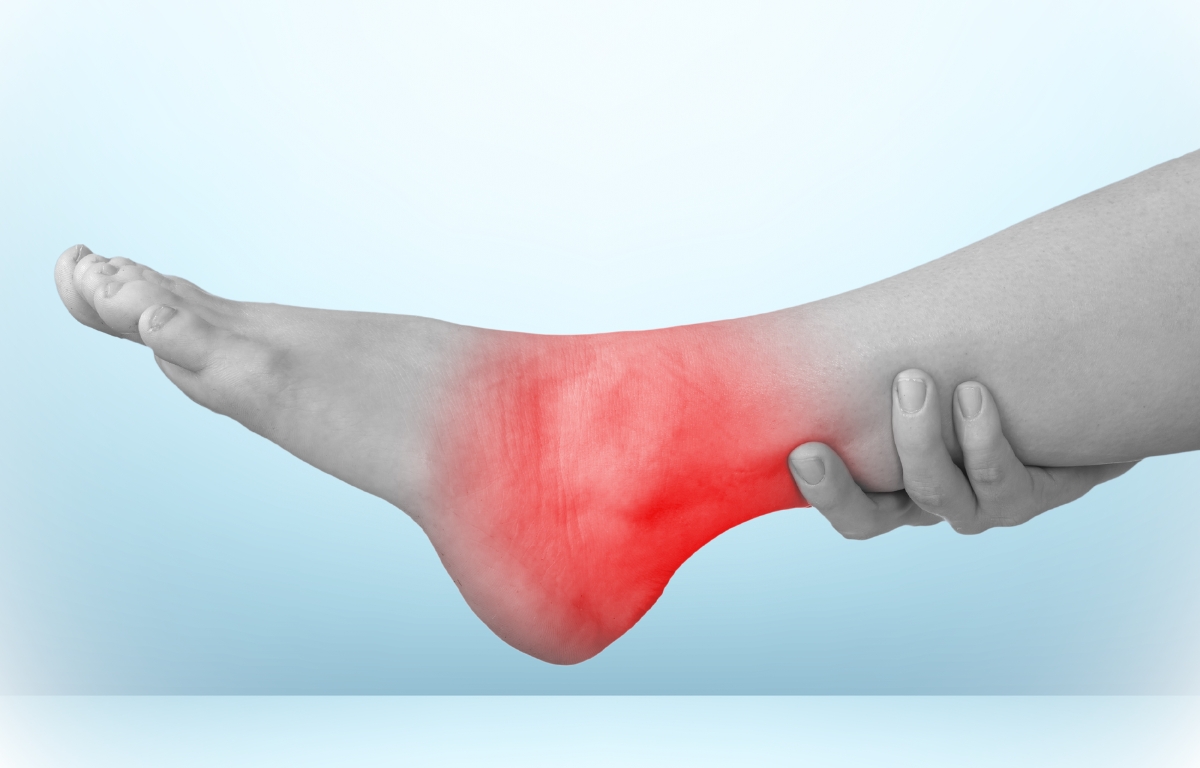You’ve twisted your ankle during a run, or perhaps you felt a sudden sharp pain in your hamstring while playing football. These moments are often followed by a wave of uncertainty. Is it a strain or a sprain? Will it heal on its own? It’s a common scenario, and knowing the difference between these injuries is the vital first step toward a fast and effective recovery. At Recover Physio, our expert team in Norwich is here to provide you with a clear diagnosis and a tailored treatment plan to get you back on your feet.
At Recover Physiotherapy in Norwich, we help people recover quickly and safely from sprains, strains, and soft tissue injuries through expert diagnosis, evidence-based treatment, and personalised rehabilitation.
Strain vs sprain: What’s the difference?
Though people often use the terms interchangeably, strains and sprains affect different tissues within your body. Understanding this distinction is essential for proper treatment.
A sprain is an injury to a ligament. Think of your ligaments as tough, fibrous elastic bands that connect one bone to another, providing stability to your joints. When you sprain a joint, like your ankle, you have stretched or torn one or more of these ligaments. This often results in pain, immediate swelling, bruising, and a feeling of instability around the joint.
A strain, on the other hand, is an injury to a muscle or a tendon. Tendons are the tough, flexible cords that attach your muscles to your bones. A strain happens when these muscle or tendon fibres are overstretched or torn, an injury often called a “pulled muscle”. This typically causes pain, muscle spasms or weakness, and sometimes cramping.
To make it simpler, here’s a quick summary:
| Feature |
Sprain |
Strain |
| Injured Tissue |
Ligaments (connects bone to bone) |
Muscles or Tendons (connects muscle to bone) |
| Common Cause |
Twisting or jarring a joint |
Overstretching or tearing a muscle |
| Primary Symptoms |
Bruising, swelling, joint instability |
Muscle spasms, weakness, cramping, Bruising |
Common strains and sprains we treat
At our Norwich clinics, our experienced physiotherapists assess, diagnose, and treat a wide range of soft tissue injuries. Whether your injury happened suddenly or has built up over time, we will guide you through a tailored recovery plan that supports your goals and gets you moving confidently again.
Some of the most frequent injuries we see include:
- Common Sprains: Ankle sprains are incredibly common, but we also provide expert physio for sprained wrist injuries (often from a fall), knee ligament sprains, as well as shoulder sprains too.
Common Strains: We create targeted treatment plans for athletic injuries like hamstring and groin pulls, as well as providing physio for a strained calf. We also treat issues like a strained neck, which may arise from sudden movements, such as whiplash.
Do I need physiotherapy for a strain or sprain?
So, you’ve pulled a muscle or sprained a joint – do you need physio? While some very mild injuries may improve with basic rest and ice, seeking professional physiotherapy can offer significant advantages for a more complete and resilient recovery.
The benefit of a proper diagnosis is perhaps the most important factor. Self-diagnosing can be a minefield; what feels like a simple ankle sprain could involve a small fracture or significant ligament damage. An expert assessment from a physiotherapist ensures you are treating the right problem from day one.
Secondly, physiotherapy is proven to accelerate healing. Our hands-on treatments and targeted exercises are designed to reduce inflammation, improve circulation, and stimulate your body’s natural repair mechanisms, helping you recover faster than you would on your own.
Finally, and most importantly, we work to prevent chronic problems. Without proper rehabilitation, a sprained ankle can lead to long-term instability and recurring injuries. A strained hamstring can become a persistent issue that sidelines you from your sport. Physiotherapy addresses the root cause, such as muscle weakness or poor biomechanics, and ultimately to build resilience and stop the injury from coming back.
Our expertise in treating strains and sprains
At Recover Physiotherapy, every clinician is HCPC-registered and a member of the Chartered Society of Physiotherapy (MCSP). Our team treats hundreds of soft tissue injuries each year, from sprained ankles to strained hamstrings and everything in between.
We combine hands-on therapy with progressive exercise rehabilitation to restore movement, build strength, and prevent re-injury.
With clinics in Norwich city centre (Princes Street) and The Nest in Horsford, we make expert care accessible to everyone across Norfolk.
How we treat sprains and strains
When you visit us for treatment of a sprain or strain, we follow a clear and personalised process designed around your specific injury and recovery goals.
Your journey starts with a comprehensive initial assessment. During this session, one of our physiotherapists will listen to your story, carry out a detailed physical assessment to identify the exact cause of your pain, and provide an accurate diagnosis.
From there, we begin hands-on treatment. This may involve manual therapy techniques like joint mobilisation to restore movement after a sprain, or soft tissue massage to release tension and break down scar tissue from a muscle strain.
A core component of your recovery is your personalised exercise programme. This isn’t a generic sheet of exercises. We create a bespoke plan for you. For sprained ankle physiotherapy, this will likely involve progressive balance and strengthening exercises. For a strained hamstring, we will guide you through muscle release techniques and loading exercises to rebuild the muscle’s strength and flexibility safely.
Throughout your treatment, we provide education and ongoing support, helping you understand your injury, manage symptoms effectively, and reduce the risk of future setbacks.

